

Máy Cán Màng Tự Động DMAIS Tốc Độ Cao Máy Cán Màng Nóng Và Lạnh
1.000,00 US$ - 1.200,00 US$
Min Order: 1 Bộ
CNSupplier

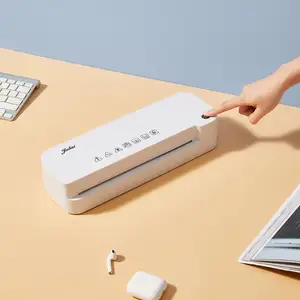
A4 có khả năng ảnh máy đúc ảnh thông qua các máy đúc văn phòng máy cán ép nhiệt
8,95 US$ - 9,51 US$
Min Order: 800 Cái
CNSupplier


Huệ Châu yudu 216x303mm 75mic 75u A4 kích cỡ của vật nuôi nhiệt Ép phim
1,46 US$ - 1,54 US$
Min Order: 800 Hộp
Material: Pet
Feature: Moisture Proof
Processing Type: Multiple Extrusion
CNSupplier


Máy cán sáo 5 lớp với chức năng thiết lập nhanh
98.000,00 US$
Min Order: 1 Bộ
Type: Laminating Machine
Packaging Material: Plastic
Packaging Type: Film
Driven Type: Mechanical
CNSupplier
12 yrs

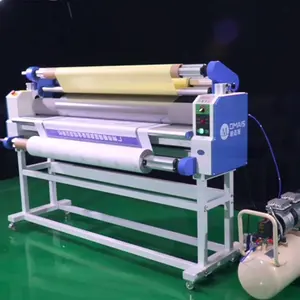
Tự động cuộn để cuộn cán Máy cán máy móc xe Sticker Laminator
650,00 US$ - 1.300,00 US$
Min Order: 1 Bộ
Type: Laminating Machine
Packaging Material: Wood
Packaging Type: Cartons
Driven Type: Electric
CNSupplier

dung môi miễn phí máy cándệt khô cán máymáy cán dung môimáy cán dung môimáy cán dung môidung môi miễn phí máy cánmáy cán khô caomáy cán chân không tự độngkhô cán máy nhà máymáy cán chân không tốt nhấtphim khô cán máy1100 khô cán máymàn hình lcd chân không cán máymáy cán khô mớimáy cán màng chân không

High Speed Solvent Base Dry Laminating machine
20.000,00 US$ - 30.000,00 US$
Min Order: 1 Bộ
Type: Laminating Machine
Packaging Material: Paper
Packaging Type: Bottles
Driven Type: Hydraulic
CNSupplier

Máy Cán Khô Cơ Sở Dung Môi Chất Lượng Cao
28.000,00 US$ - 29.800,00 US$
Min Order: 1 Cái
Type: Laminating Machine
Packaging Material: Paper
Packaging Type: Film
Driven Type: Electric
CNSupplier
6 yrs

GF-D PLC Kiểm Soát Phim Khô Dung Môi Dựa Trên Máy Cán
35.000,00 US$ - 45.000,00 US$
Min Order: 1 Bộ
Type: Laminating Machine
Packaging Material: Paper
Packaging Type: Barrel
Driven Type: Electric
CNSupplier
11 yrs

BOPP PET PE Metalized Phim Giấy Nhôm Lá Tốc Độ Cao Phim Nhựa CuộN Dung Môi Keo Phủ Khô Máy Cán
19.000,00 US$ - 35.000,00 US$
Min Order: 1 Bộ
Type: Laminating Machine
Packaging Material: Plastic
Packaging Type: Film
Driven Type: Electric
CNSupplier
5 yrs

Máy Cán Khô Cơ Sở Dung Môi Tốc Độ Cao Cho Bopp Pet Nhôm
15.000,00 US$ - 50.000,00 US$
Min Order: 1 Bộ
Warranty: 1 Year
CNSupplier

Máy Cán Màng Dung Môi Loại Khô Máy Cán Màng Khô
41.000,00 US$
Min Order: 1 Bộ
Type: Laminating Machine
Packaging Material: Plastic
Packaging Type: Film
Driven Type: Electric
CNSupplier
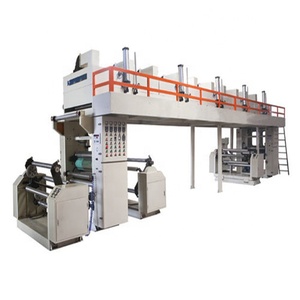
Nhựa Cuộn cán PP PE OPP GIẤY Khô phim laminator dung môi Giá máy
20.000,00 US$ - 120.000,00 US$
Min Order: 1 Bộ
Type: Laminating Machine
Packaging Material: Plastic
Packaging Type: Film
Driven Type: Electric
CNSupplier
12 yrs
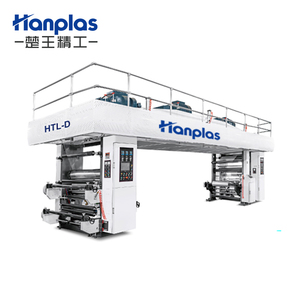
HTL-D hanplas dung môi dựa trên phim máy cán khô loại phim Laminator khô máy cán
45.000,00 US$ - 60.000,00 US$
Min Order: 1 Bộ
Type: Laminating Machine
CNSupplier
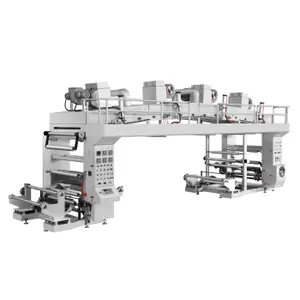
ZRGF-A tự động dung môi dựa trên bộ phim nhựa giấy khô cán máy ép giá
27.000,00 US$ - 28.500,00 US$
Min Order: 1 Bộ
Type: Laminating Machine
Packaging Material: Paper
Packaging Type: Film
Driven Type: Electric
CNSupplier
6 yrs

Máy Cán Màng Loại Khô Dựa Trên Dung Môi Tự Động
20.000,00 US$ - 70.000,00 US$
Min Order: 1 Bộ
Warranty: 1 Year
CNSupplier
4 yrs

Máy cán khô keo dung môi và nước màu xanh điện cung cấp xiehe nóng chảy keo Pur Máy cán 10 m * 1.5m * 2.3 m
19.500,00 US$ - 20.000,00 US$
Min Order: 1 Bộ
Type: Laminating Machine
Packaging Material: Metal
Driven Type: Electric
CNSupplier
4 yrs

Máy Cán Màng Dung Môi Cỡ Lớn 1500Mm Máy Ép Màng Khô Máy Ép Khô
26.500,00 US$ - 27.000,00 US$
Min Order: 1 Bộ
Type: Laminating Machine
Packaging Material: Plastic
Packaging Type: Film
Driven Type: Electric
CNSupplier
2 yrs
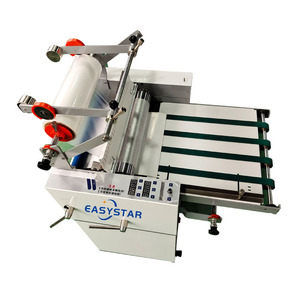
Giá thấp nhất nhà máy sản xuất Báo Chí nóng cho ván ép và khô loại dung môi dựa trên Máy cán
550,00 US$ - 600,00 US$
Min Order: 1 Bộ
Type: Laminating Machine
Packaging Material: Wood
Packaging Type: Cartons
Driven Type: Electric
CNSupplier
2 yrs
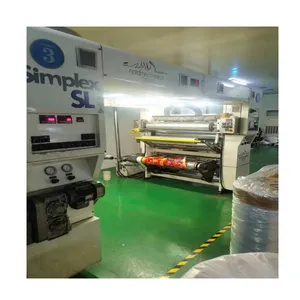
Dung môi dựa trên phim máy cán khô loại phim Laminator khô máy cán
52.777,00 US$
Min Order: 1 Bộ
Type: Laminating Machine
Packaging Material: Metal
Packaging Type: Barrel
Driven Type: Mechanical
CNSupplier
1 yrs
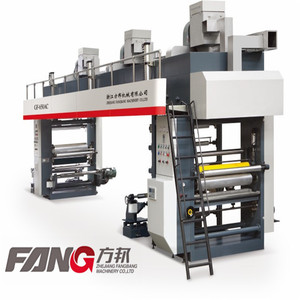
Khô Loại cán máy 150 tốc độ
27.000,00 US$ - 32.000,00 US$
Min Order: 1 Bộ
Type: Laminating Machine
Packaging Material: Plastic
Packaging Type: Film
Driven Type: Pneumatic
CNSupplier
12 yrs
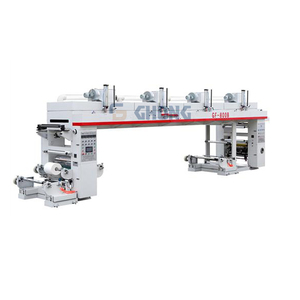
Mới khô loại tốc độ cao Máy cán được sử dụng cho Bopp
8.000,00 US$ - 11.000,00 US$
Min Order: 1 Bộ
Type: Laminating Machine
Packaging Material: Paper
Packaging Type: Film
Driven Type: Electric
CNSupplier
4 yrs
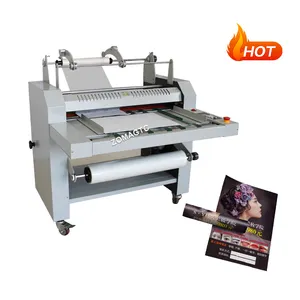
Giấy Laminator A3 A4 tự động tông cán máy tự động cho ăn và phá vỡ ra khỏi nhiệt cán máy
998,00 US$ - 1.300,00 US$
Min Order: 1 Bộ
CNSupplier

Giấy Laminator A3 A4 tự động tông cán máy tự động cho ăn và phá vỡ ra khỏi nhiệt cán máy
2.250,00 US$ - 2.350,00 US$
Min Order: 1 Bộ
CNSupplier
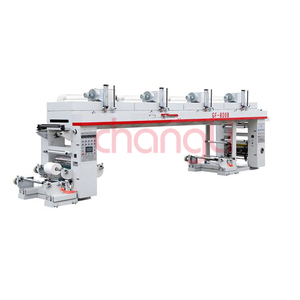
Máy Phủ Màng OPP PE Cán Khô Giấy Nhôm PVC PP Tốc Độ Cao
Sẵn sàng vận chuyển
10.000,00 US$
Min Order: 1 Bộ
Shipping per piece: 0,00 US$
Type: Laminating Machine
Packaging Material: Plastic
Packaging Type: Film
Driven Type: Electric
CNSupplier
4 yrs
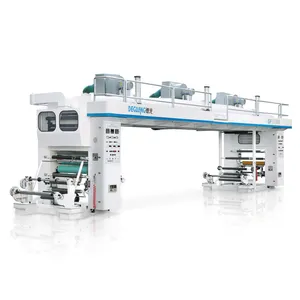
150 M/phút CuộN Để Cuộn Dung Môi Khô Phim Laminating Máy
25.000,00 US$
Min Order: 1 Bộ
Type: Laminating Machine
Packaging Material: Plastic
Packaging Type: Case
Driven Type: Electric
CNSupplier
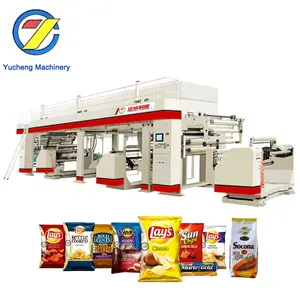
PVC Bopp gói thực phẩm giấy nhôm lá nhựa cơ sở dung môi Máy cán khô
180.000,00 US$
Min Order: 1 Cái
Type: Laminating Machine
Packaging Material: Paper
Packaging Type: Film
Driven Type: Electric
CNSupplier

Thiết kế mới gf1100q tốc độ cao dung môi dựa trên khô loại cán Máy ép 160 m/phút
33.800,00 US$ - 33.900,00 US$
Min Order: 1 Bộ
Type: Laminating Machine
Packaging Material: Paper
Packaging Type: Film
Driven Type: Electric
CNSupplier
6 yrs

Dung môi dựa trên phim máy cán khô loại phim Laminator khô máy cán
19.000,00 US$ - 35.000,00 US$
Min Order: 1 Bộ
Type: Laminating Machine
Packaging Material: Plastic
Packaging Type: Film
Driven Type: Electric
CNSupplier
5 yrs
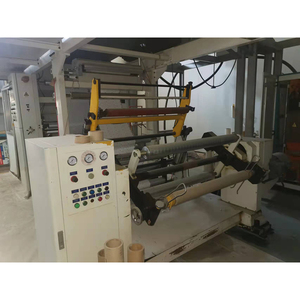
Sử Dụng Dung Môi Khô Laminating Machine Nước Dựa Keo Cho Khô Cán Kính Khô Khô
28.358,20 US$ - 29.850,70 US$
Min Order: 1 Bộ
Type: Laminating Machine
Packaging Material: Metal
Packaging Type: Film
Driven Type: Electric
CNSupplier
2 yrs

Dung môi dựa trên phim máy cán khô loại phim Laminator khô máy cán
52.777,00 US$
Min Order: 1 Bộ
Type: Laminating Machine
Packaging Material: Metal
Packaging Type: Barrel
Driven Type: Mechanical
CNSupplier
1 yrs

HTL-D hanplas tự động dung môi dựa khô loại phim Máy cán
45.000,00 US$ - 60.000,00 US$
Min Order: 1 Bộ
Type: Laminating Machine
CNSupplier
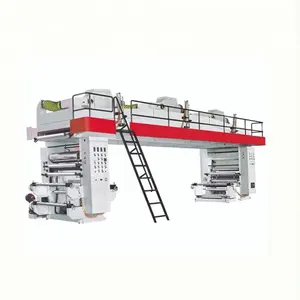
Ôn Châu Jiamao Kinh Tế Loại Nhôm Phim Với Pe Phim Khô Phương Pháp Tốc Độ Cao Máy Cán
15.000,00 US$ - 50.000,00 US$
Min Order: 1 Bộ
Type: Laminating Machine
Packaging Material: Paper
Packaging Type: Film
Driven Type: Electric
CNSupplier
12 yrs
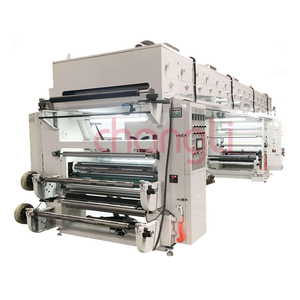
Tốc độ cao khô máy cán cho bộ phim nhựa/giấy/nhôm lá mỏng nhà máy giá điện cung cấp PLC hoàn toàn tự động
Sẵn sàng vận chuyển
11.000,00 US$
Min Order: 1 Bộ
Shipping per piece: 0,00 US$
Type: Laminating Machine
Packaging Material: Plastic
Packaging Type: Film
Driven Type: Electric
CNSupplier
4 yrs

H351 giá cả phải chăng solventless cán máy cho khô cán
500,00 US$ - 600,00 US$
Min Order: 5 Bộ
Type: Laminating Machine
Packaging Material: Paper
Packaging Type: Film
Driven Type: Electric
CNSupplier
2 yrs
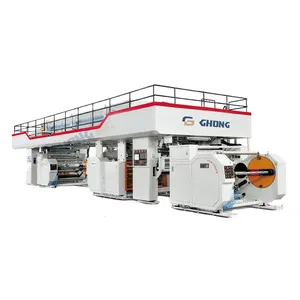
Tự động dựa trên dung môi khô loại phim Laminator Máy Điều kiện Mới với lõi thành phần động cơ nhựa gỗ bao bì giấy
8.000,00 US$ - 11.000,00 US$
Min Order: 1 Bộ
Type: Laminating Machine
Packaging Material: Paper
Packaging Type: Film
Driven Type: Electric
CNSupplier
4 yrs
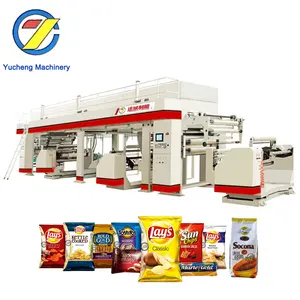
Tốc Độ Cao PVC Bopp Gói Thực Phẩm Giấy Nhôm Lá Nhựa Phim Dung Môi Cơ Sở Khô Máy Cán
179.000,00 US$
Min Order: 1 Cái
Type: Laminating Machine
Packaging Material: Paper
Packaging Type: Bottles
Driven Type: Electric
CNSupplier
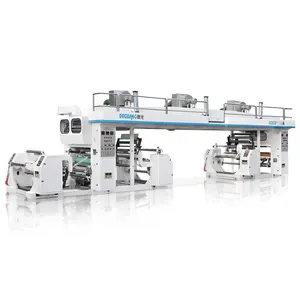
Máy Cán Màng Dung Môi Loại Khô Máy Cán Màng Khô
20.000,00 US$ - 30.000,00 US$
Min Order: 1 Bộ
Type: Laminating Machine
Packaging Material: Plastic
Packaging Type: Case
Driven Type: Electric
CNSupplier

Gf1100b tự động dung môi khô loại Bopp Pet CPP PE lá cán máy
95.800,00 US$ - 95.900,00 US$
Min Order: 1 Bộ
Type: Laminating Machine
Packaging Material: Paper
Packaging Type: Film
Driven Type: Electric
CNSupplier
6 yrs

Dung Môi Dựa Trên Máy Ép
19.000,00 US$ - 35.000,00 US$
Min Order: 1 Bộ
Type: Laminating Machine
Packaging Material: Plastic
Packaging Type: Film
Driven Type: Electric
CNSupplier
5 yrs

HTL-200W tốc độ cao sữa chua bao gồm ba lớp phim dung môi ít máy cán
95.000,00 US$ - 100.000,00 US$
Min Order: 1 Bộ
Type: Laminating Machine
CNSupplier



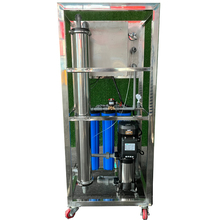

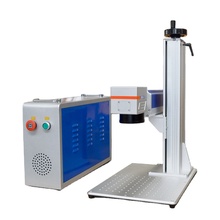

























 浙公网安备 33010002000092号
浙公网安备 33010002000092号 浙B2-20120091-4
浙B2-20120091-4